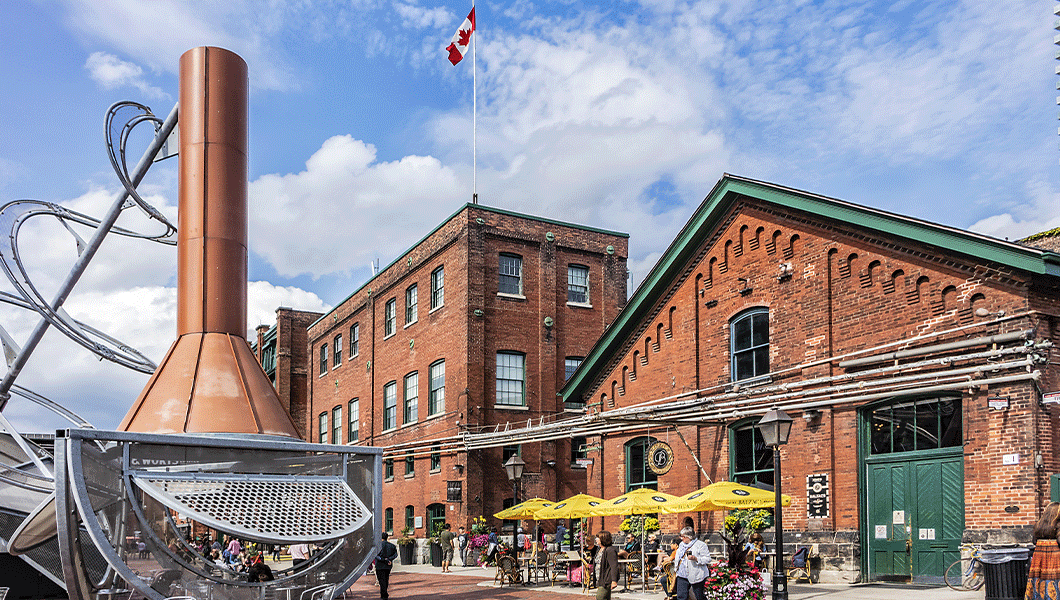Contemporary art is a vibrant and diverse field that encompasses a wide range of artistic practices and expressions. From painting and sculpture to installation, performance, and new media, contemporary artists push the boundaries of traditional artistic conventions and explore new ways of engaging with the world around them. This article will delve into the key characteristics of contemporary art, explore some of the most influential movements and artists in the field, and examine the impact that contemporary art has had on society and culture.
At its core, contemporary art is a reflection of the rapid pace of change and innovation in the modern world. Artists working in this genre often draw on a variety of influences, from popular culture and technology to politics and social issues, to create works that challenge viewers to think critically about the world we live in. By breaking down barriers between different artistic disciplines and experimenting with new materials and techniques, contemporary artists are able to create unique and thought-provoking pieces that provoke conversation, spark debate, and inspire new ways of seeing and understanding the world.
Exploring Key Characteristics of Contemporary Art
Contemporary art is characterized by its innovative and experimental nature, constantly pushing the boundaries of what is considered art. Artists working in this genre often explore new mediums, techniques, and subject matter to create thought-provoking works that challenge traditional notions of art. By embracing a diverse range of influences and perspectives, contemporary artists are able to capture the complexities and contradictions of the modern world. Through their creations, they invite viewers to engage with art in a meaningful and personal way, sparking dialogue and reflection on the social, political, and cultural issues of our time. For more in-depth information about contemporary art movements and artists, visit art wiki.

Impact of Contemporary Art on Society and Culture
Contemporary art has the power to shape and reflect the values, beliefs, and experiences of society. By addressing pressing issues and challenging dominant narratives, artists can provoke change, inspire empathy, and foster a deeper understanding of the world we live in. Through their work, contemporary artists contribute to cultural dialogue, sparking conversations about identity, representation, and social justice. By exploring new forms of expression and engaging with diverse audiences, contemporary art has the potential to inspire positive transformation and create lasting impact on society.
As a dynamic and ever-evolving field, contemporary art continues to push the boundaries of artistic expression and challenge conventional ideas. By embracing a wide range of influences and mediums, contemporary artists create works that reflect our fast-changing world and prompt viewers to question, engage, and reflect on the complexities of modern society. Through their innovative approaches and thought-provoking pieces, contemporary artists play a vital role in shaping cultural conversations, sparking societal change, and encouraging individuals to see the world from new perspectives. In this way, contemporary art remains a powerful force in shaping society and culture for generations to come.














